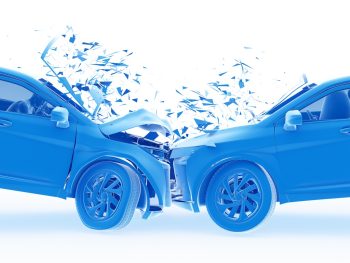Quarter of drivers narrowly avoided a crash last year
A quarter (24%) of drivers said they narrowly avoided a crash last year while the risks were much higher for younger motorists.

Over a third of 18-24-year-old drivers said they’d had a near miss in 2024
A poll carried out by AA Accident Assist among almost 14,000 drivers found over a third (37%) of 18-24-year-old drivers said they’d had a near miss, with a quarter saying they avoided multiple collisions. In contrast, a fifth of drivers aged 65 and over said they had a near miss in 2024.
AA Accident Assist also explored the scenarios of almost 3,000 drivers about their near misses on the road last year. By far the most common location was at a roundabout, with 560 respondents saying someone almost ran into the back of them, or they almost drove into the vehicle in front.
Car parks (315 events) and junctions (241 events) complete the top three scenarios where drivers narrowly avoided a crash. Other scenarios include traffic lights (168 events), changing lanes on motorways and A-roads (180 events) and risks of rear-end collisions from suddenly stopping (145 events).
With one in five newly qualified drivers crashing within the first 12 months after passing their test, AA Accident Assist is calling for improved young driver education policies, such as learner drivers gaining as much experience as possible in as wide a range of circumstances before submitting themselves for the driving test.
DVSA data shows the top 10 reasons for failing the practical driving test include not making effective observations at junctions, not using mirrors correctly and not responding appropriately to traffic lights.
Elsewhere, AA Accident Assist says all drivers should be encouraged to undertake in-life driver education courses to showcase lifelong development in the skill of driving, with the hope that such programmes could lead to cheaper insurance premiums.
Tim Rankin, managing director of AA Accident Assist, said: “While inexperience is a big factor, drivers of all ages found themselves in difficult situations. Driving is a lifetime skill, so finding a way to encourage and reward in-life learning could produce safer drivers.”















